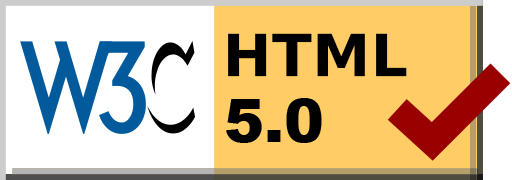Windows 7 EOL
Posted: 2020-01-19 10:17:03 by Alasdair Keyes
NOTE: Running End of Life software is risky, don't do it unless you accept the risks
So Windows 7 is now EOL for all but the few customers who are paying through the nose for long term support. I run Linux on most of my machines, but I still do have a solitary Windows machine for Steam and a few other Windows only apps that won't run on WINE.
Unfortunately, I dislike Windows 8 an 10, there are a number of reasons, but on a purely practical level I find the interface horrendous, un-intuitive and difficult to use. I would like to continue running Windows 7 for as long as I can. I will have to accept the increased security risks from running an OS with no further security updates but thankfully my use of Windows is very limited and doesn't involve browsing/email or other common attack vectors for viruses and trojans. With a good AV, installed too, this should reduce risk to acceptable levels.
With the EOL status, the Windows Update service for Windows 7 will no doubt end in time, this means that although my current machine is up-to-date, if I need to re-intstall due to hardware failure, I may not have access to all the updates.
With this in mind, I found the WSUSOffline tool http://www.wsusoffline.net/, which allows you to download all updates for a specific Windows/Office version and store them offline. The main use-case appears to be for sys-admins with network access restrictions to download and install updates on air-gapped machines, however in this instance it looks well suited to archiving. There are other options to me such as installing and maintaining a Windows WSUS server, but that is a lot of extra work.
If you wish to get your own backups of updates these are the steps I took
- Use an existing Windows ISO or download a Windows ISO from Microsoft
- Create a VM with 50GB disk using the ISO
- Install Virtualbox Guest Tools
- Map a local drive into your VM
- Download and run the software from a path on the Virtual machine disk (I had strange issues running it from within the shared drive)
- Select the OS you want to get the updates for.
- Select to store to a USB drive, and select your shared drive.
- Click start.
It took about 30 mins to download all the updates, then once it's done it copies a folder structure with all the updates into your shared drive which you can then backup from your host to wherever you want. The folder also includes the executable to kick off the updates on another machine.
Running the archived updates on another machine is not a run-and-forget process, Windows updates require reboots which means you will have to click a few buttons now and again, but that is no different than the Official update process.
It looks like the WSUSOffline tool works by distributing a list of updates to use. As Windows 7 only went EOL in January, I would imagine that I will have to wait for the next WSUSOffline update to get the last few Windows Updates archived but it looks like I should be able to continue using Windows 7 for some time yet, even if I have to rebuild.
If you found this useful, please feel free to donate via bitcoin to 1NT2ErDzLDBPB8CDLk6j1qUdT6FmxkMmNz
© Alasdair Keyes
IT Consultancy Services
I'm now available for IT consultancy and software development services - Cloudee LTD.
Happy user of Digital Ocean (Affiliate link)

